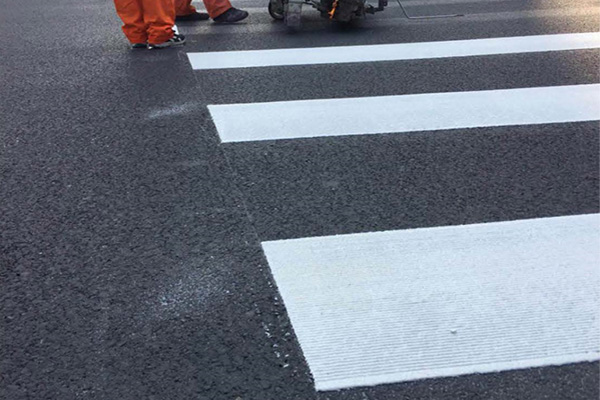How to Make Road Marking Paint: A Step-by-Step Guide
Road marking paint plays a crucial role in ensuring safe and organized traffic flow on our roadways. It is vibrant colors and durable properties make it an essential component of road infrastructure. If you’re curious about the process behind creating road marking paint, this comprehensive guide will walk you through the steps involved in making this vital product. From selecting the right ingredients to mixing and application techniques, we’ll cover it all. So, let’s dive into the fascinating world of road marking paint production.

1. Understanding the Basics of Road Marking Paint
Before we delve into the manufacturing process, it’s important to grasp the fundamental characteristics of road marking paint. This type of paint needs to be highly visible, durable, and resistant to wear caused by vehicle traffic and weather conditions. It should also adhere well to various road surfaces. To meet these requirements, road marking paint is typically formulated with specific ingredients and additives.
2. Choosing the Right Ingredients
The quality of road marking paint depends on the careful selection of ingredients. The primary components of road marking paint include pigments, binders, solvents, and additives. Pigments provide color and visibility, binders ensure adhesion to the road surface, solvents facilitate proper application, and additives enhance durability and reflective properties.
3. Formulating the Paint
Creating an effective road marking paint formulation requires precise measurements and blending techniques. The proportions of the ingredients must be carefully calculated to achieve the desired characteristics. Manufacturers consider factors such as weather conditions, application methods, and road surface types during the formulation process. This ensures that the paint is suitable for its intended use and offers optimal performance.
4. Mixing and Manufacturing Process
Once the formulation is determined, the manufacturing process begins. The ingredients are mixed using specialized equipment, such as high-speed mixers or bead mills. This process ensures thorough dispersion of pigments and uniform blending of all components. It is crucial to maintain consistency throughout the mixing process to achieve high-quality road marking paint.
5. Quality Control and Testing
To guarantee the reliability and effectiveness of road marking paint, rigorous quality control and testing procedures are necessary. Paint samples are subjected to various assessments, including color intensity, viscosity, drying time, adhesion, and reflectivity. These tests ensure that the paint meets industry standards and regulatory requirements.
6. Packaging and Storage
After the paint has successfully passed quality control tests, it is packaged and prepared for distribution. The packaging must be designed to preserve the paint’s properties during transportation and storage. Proper labeling and instructions are also essential to provide users with accurate information about the product.
7. Application Techniques
Finally, the road marking paint is ready to be applied to the road surface. Various techniques, such as spray, extrusion, or brush application, are used depending on the road marking requirements. Application equipment and tools(View our Road Marking Machine Products) should be carefully selected to ensure precise and efficient paint placement.
Roadsky and Road Marking Paint
Roadsky is a quality road marking paint manufacturer from China, providing technical consultation and free quotations, if you are looking for road marking paint for your project, you can contact us directly for more information.
Conclusion
The production of road marking paint involves a meticulous process that combines the right ingredients, formulation techniques, and quality control measures. This guide has provided you with insights into the art of making road marking paint, emphasizing the importance of durability, visibility, and adhesion. By understanding the manufacturing process, we can appreciate the efforts involved in creating this essential component of our road infrastructure.

